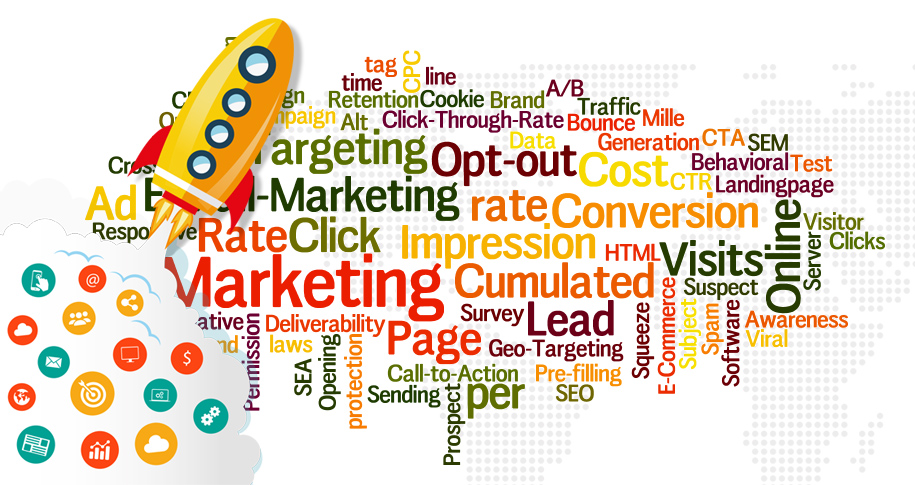What Are Header Tags?
\Header tags are HTML elements (H1, H2, H3, etc.) used to define headings and subheadings on a webpage. They help structure content, improve readability, and enhance SEO by signaling the importance of content to search engines. Proper use of header tags creates a logical hierarchy that guides both users and search engines through your content.
Hierarchy of Header Tags
- H1: Main Title
- Represents the main topic of the page.
- Typically used only once per page.
- Examples: “Ultimate Guide to Digital Marketing.”
- H2: Subheadings
- Divide content into major sections under the H1.
- Examples: “What Is Digital Marketing?”
- H3: Sub-Subheadings
- Used for further division within an H2 section.
- Examples: “Social Media Marketing Strategies.”
- H4–H6
- Provide additional levels of detail.
- Rarely used but helpful for highly detailed content.
Why Header Tags Matter
- Improves Readability
Well-structured header tags make content easier to skim, especially for readers looking for specific information. - Enhances SEO
Search engines use header tags to understand the content hierarchy. Keywords in headers can improve search rankings. - Accessibility
Screen readers rely on tags to help visually impaired users navigate content effectively. - Organizes Content
Headers create a logical flow that improves the user experience and encourages longer on-page time.
Best Practices for Using Header Tags
- Use One H1 Per Page
Ensure the H1 is unique and accurately reflects the page’s main topic. - Incorporate Keywords
Include relevant keywords naturally in your headers to improve SEO without overstuffing. - Follow a Logical Hierarchy
Use headers in a sequential order (H1 > H2 > H3) to maintain clear content structure. - Keep Headers Descriptive
Write clear and concise headers that inform readers about the content of the section. - Avoid Overuse
Don’t use headers excessively; focus on enhancing readability and organization.
Benefits of Proper Header Tag Usage
- Better SEO Rankings
Proper use of headers signals content relevance to search engines, which can improve rankings. - Higher Engagement
Well-structured content encourages readers to explore more of your page, increasing time on site. - Improved User Experience
Organized content is easier to navigate, leading to better user satisfaction. - Easier Content Updates
A structured layout simplifies content updates or revisions.
Conclusion
Header tags are vital for creating organized, SEO-friendly, and user-focused web pages. By following best practices and maintaining a logical content hierarchy, you can improve readability, engagement, and search engine rankings.
Explore More Terms
1. B2C Marketing2. Brand Loyalty
3. Buyer Persona
4. Customer Lifetime Value
5. Customer Acquisition Cost
